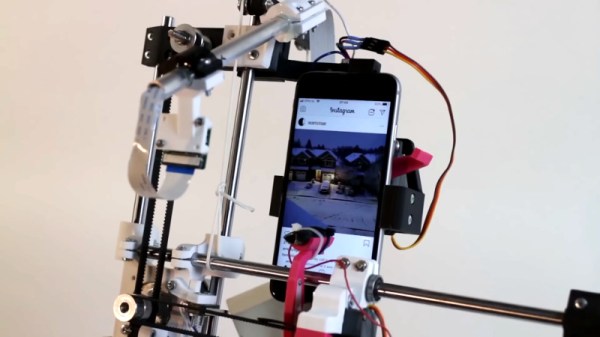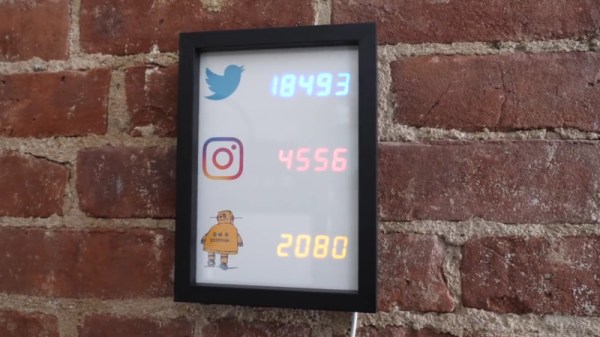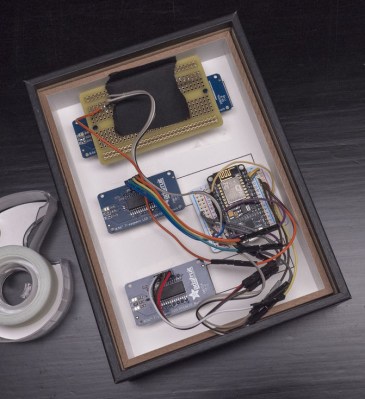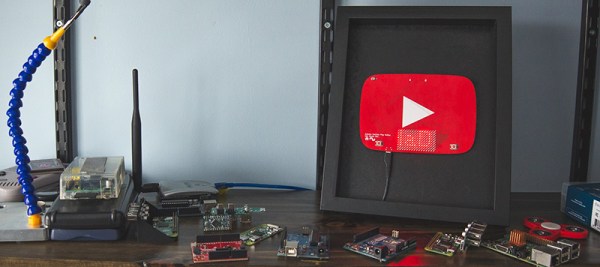Social media has become pervasive in modern life. It can be impossible to get so much as an invite to a party without offering up your personal data at the altar of the various tech companies. [David] wanted to avoid the pressures of seeing countless photos of people climbing mountains and eating tacos, but also didn’t want to ostracize himself by avoiding social media altogether. Naturally, automation was the answer.
[David] aptly named his robot Telephone Operator, and that’s precisely what it does. Stepper motors and a servo allow the robot’s capacitive appendage to interact with the touch screen on [David]’s iPhone. A camera is fitted, and combined with OpenCV, the robot is capable of a great many important tasks.
Liking Instagram posts? Done. Reposting inane tweets? Easy. Asking your pal Mike what’s up? Yep, Telephone Operator has it covered. Given the low quality of human interaction on such platforms, it’s entirely possible [David] has the Turing Test beat without even trying. The robot even has that lazy continuous Sunday morning scroll down pat. It’s spooky stuff.
Of course, if you’re too in love with social media to trust an automaton, you might instead prefer to wear your likes on your sleeve. Video after the break.
[Thanks to dechemist for the tip!]
Continue reading “Robot Telephone Operator Handles Social Media For You”




















